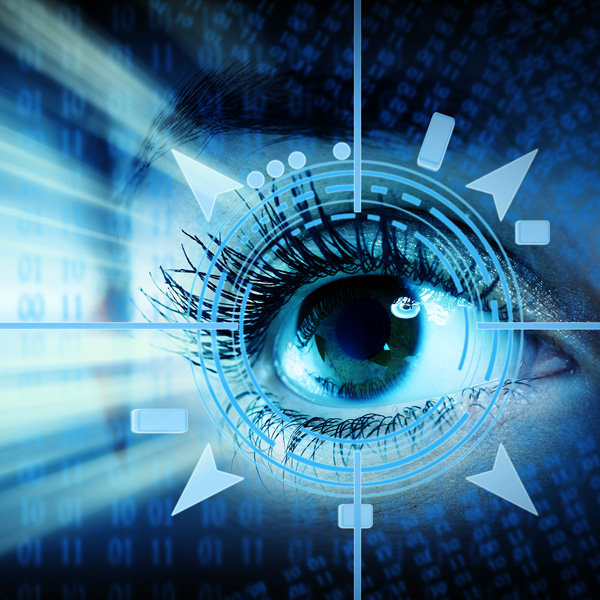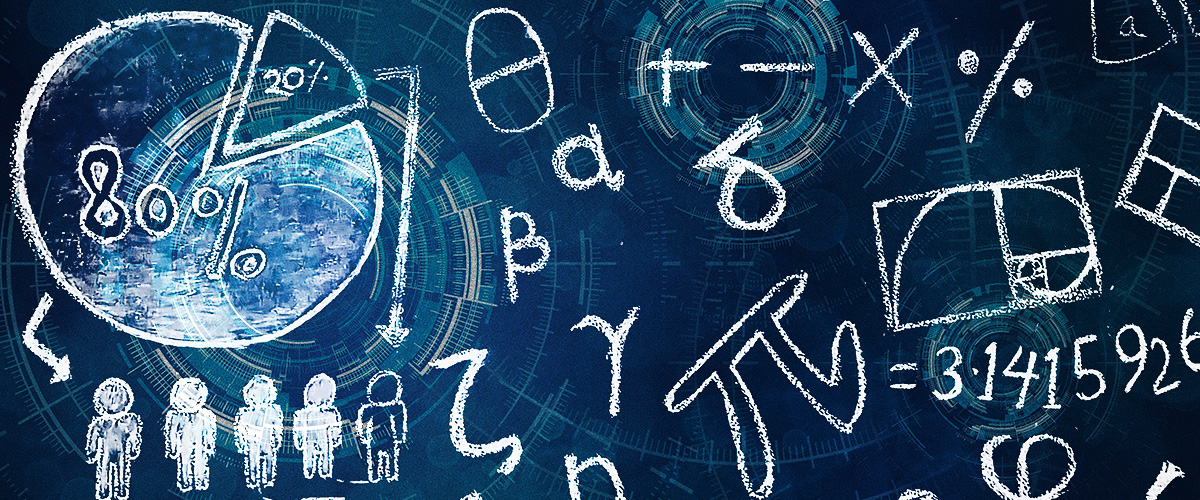
Blue Light – What Studies Have Found Out
Blue light has different physical and biological properties that have various effects on health. Some of these are easy to demonstrate directly, such as the
Learn more about the biological and physical properties of short-wave light. Find out about blue light’s effects, when it’s good for you and when it’s not, and how to protect yourself and your loved ones.


Natural daylight is composed of an almost continuous spectrum in which all wavelengths and thus all colors are present. That is why we perceive it as white light. Here you see a spectral measurement of daylight in winter with an overcast sky.
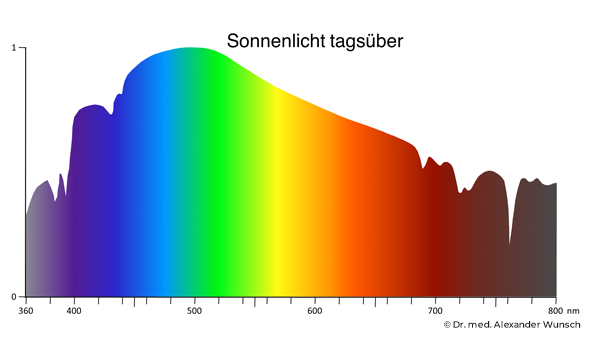
At the short-wave end of the visible spectrum, there are the frequencies of blue and violet light. For convenience, we refer to this range with wavelengths up to about 500 nm (nanometers) as blue light. The correct term, however, would be HEVL = High Energy Visible Light, i.e. the wavelength equivalents for short-wave green, turquoise, blue, indigo and violet. Ultraviolet light (UV) is even shorter in wavelength and can not be perceived by the human eye.
Short-wave light (HEVL) is particularly high in energy and therefore promotes the formation of free oxygen radicals, which are capable of causing cell damage. The fact that UV light can damage the skin and eyes has been known for a long time; that is why sunglasses, for example, must be equipped with 100% UV protection. However, blue light or HEVL protection has been a severely underestimated factor.


Natural daylight and the light from radiant heat sources (e.g. candles, incandescent lamps) contain a natural counterpart to the aggressive blue components: the long-wave red range and the near-infrared component have a regenerating effect.
However, in everyday life we are most often surrounded by light sources that not only emit a high load of short-wave light, but also lack the regenerating red and near-infrared components.
This is particularly serious in the case of flat screens and televisions, which are illuminated by LEDs and into which we often gaze for hours on end. This shows the spectrum of a commercially available flat screen.
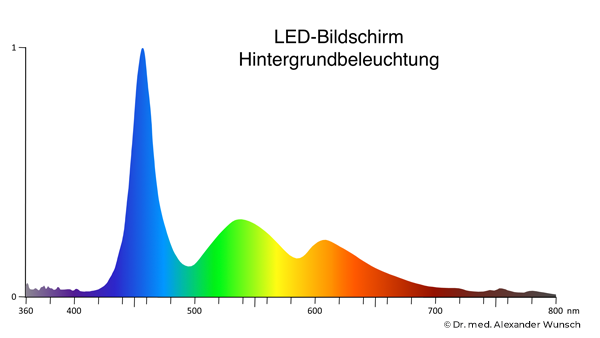
In the blue range, a clear “peak” is visible, an energy spike that never occurs in natural light. Furthermore, this spectrum has hardly any red and near-infrared components.


Natural blue light, as contained in sunlight during the day, is good and important as a clock generator for our circadian clock, as it has a meaningful signaling effect.
However, if this signaling pathway is stimulated in the evening by smartphone screens or other artificial light, chronobiological health suffers.
In the eye itself, it is mainly the cells of the retina that potentially suffer damage from short-wave light in the visible range. This is a process that can occur unnoticed over many years.
However, many people complain about immediate, typical side effects of computer screen work, such as burning and red eyes, headaches and eyestrain. Such symptoms can also be attributed to the short-wave radiation components.
An increasing number of scientific studies have examined the effects of blue and HEV light, and there is a broad consensus on the mechanisms of action.
This magazine article provides a good overview of the current scientific findings:

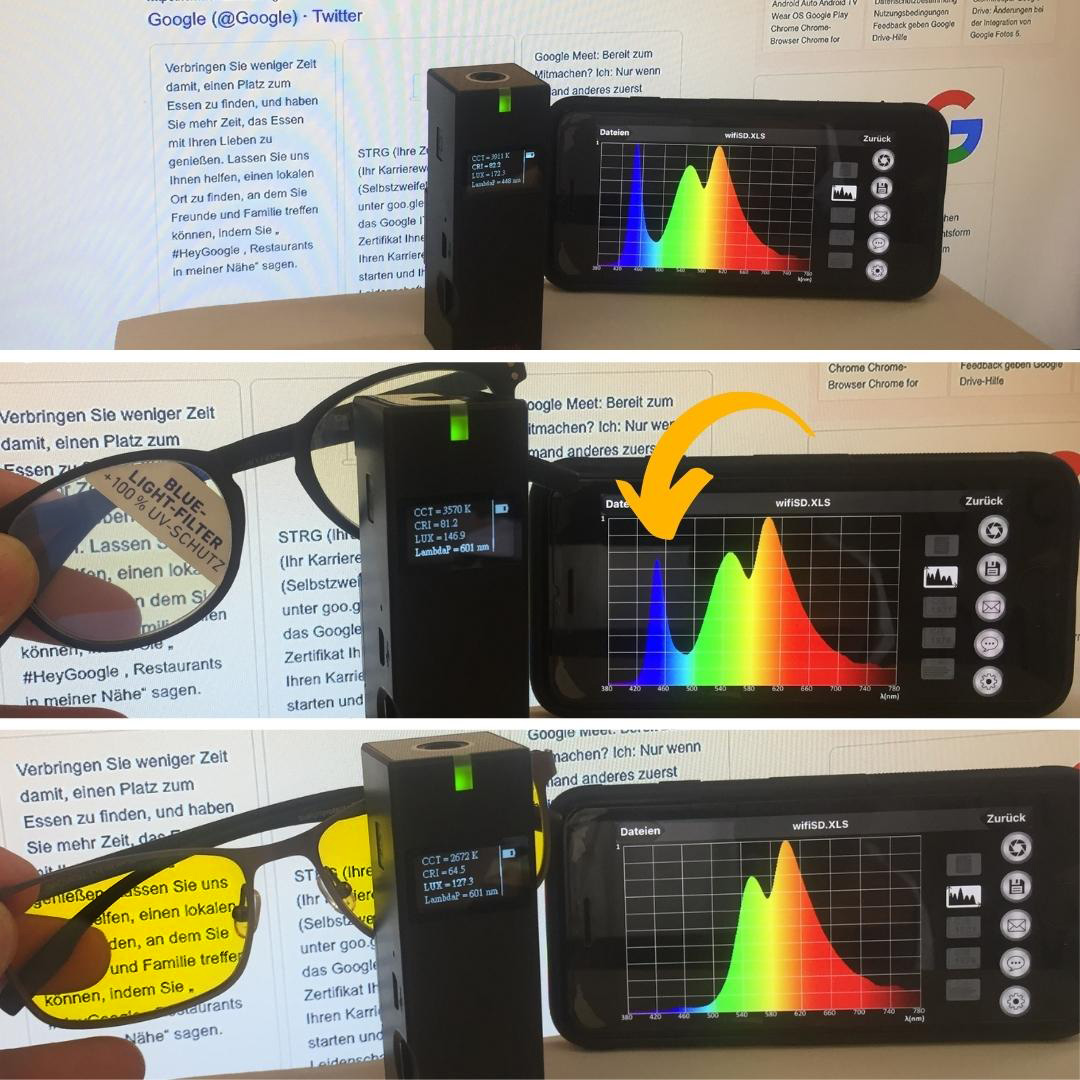
Sounds too good to be true? Well, it is. Such coatings only reflect a minimal amount of visible blue light. The impressive figures and graphs given for the blue light protection values should be viewed with caution, as they often refer only to parts of the blue spectrum and even include (invisible) UV components.
For UV protection – that is, protection from short-wave light in the invisible spectrum – we have to rely on manufacturer specifications and industry standards like the UV400 seal.
When it comes to blue light, we are talking about the short-wave spectral range from 400 to 500 nm. The scientific term for this is HEVL, the abbreviation for high energy visible light. Since this light is visible, we can always examine any blue light protection promises with our own eyes. If blue looks unchanged through glasses, blue light also reaches the eye. It’s as simple as that.
A true color filter absorbs part of the light so that it cannot pass through. According to the laws of optics, this creates the color yellow. For this reason, blue light filters that work effectively always look yellow
The virtually colorless coatings therefore offer hardly any protection.
For the optimum balance between protection and color rendering, a precise knowledge of the effects of light must work hand in hand with sophisticated measurement and production technology.
So, the almost colorless lenses do not provide effective protection.
How do blue light reduction software solutions, such as NightShift or F.lux, help?
This usually achieves only a partial reduction of the blue light component as well. But even with maximum blue light reduction, blue components can still be present, with image sharpness and color reproduction deteriorating, sometimes considerably.
PRiSMA BluelightProtect glasses, on the other hand, offer maximum blue light protection with the best possible vision thanks to their precision filters.
By the way, scientific studies prove that such software-controlled systems have no discernible influence on sleep behavior, i.e. they do not improve sleep.
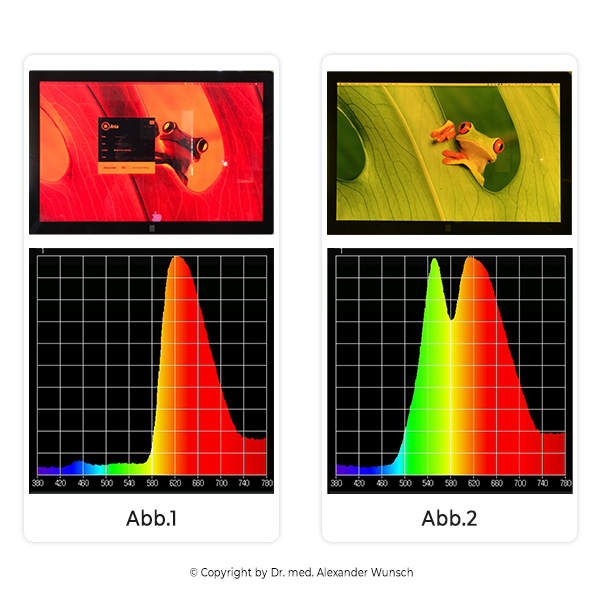
As a rule, the blue light protection should be adapted to the individual circumstances. Depending on the personal exposure to blue light and the light environment or personal perception, the corresponding blue light filter should be used.
PRiSMA offers several BluelightProtect filter strengths for different requirements. However, the following always applies: maximized blue light protection with the best possible light transmission and color rendering in each case.
But that’s just the beginning, because the real magic happens inside your brain…. Since daylight also has a constantly changing composition of wavelengths, an “automatic white balance” takes place through the eyes in humans. This is why, for example, after a short time we no longer perceive the orange cast of incandescent light or the blue hue of LED lighting. Due to the same processes, the noticeable color change when the glasses are put on is usually barely noticeable after a few minutes, depending on the protection level.

Anyone who knows about the effects of blue light may want to protect themselves from it in certain situations. Through our BluelightProtect products, we offer you a simple and safe way to protect yourself from harmful blue components in light. Depending on the application, a different filter strength is appropriate; see for yourself what we have on offer for you.
Our filters are intensely yellow to deep amber in color, depending on their strength. In times when more and more manufacturers are offering colorless blue light “protection”, this may seem irritating at first glance, but on closer examination it is a physical necessity. Read here why this is so and how we keep the color change as small as possible through superior filter technology.

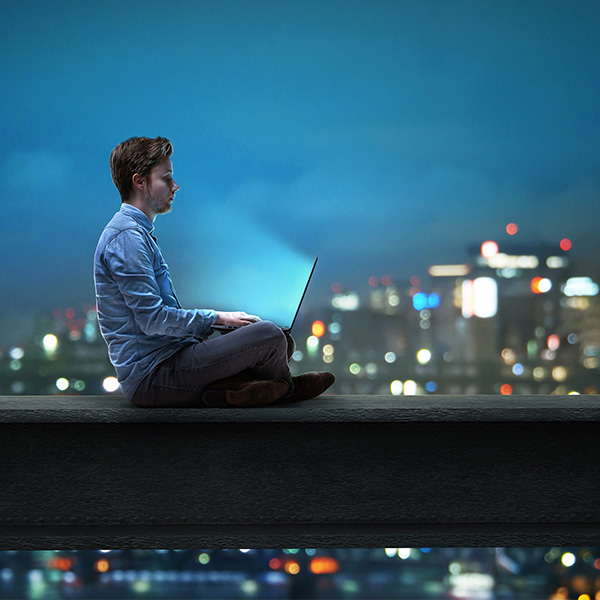
Screens have become an indispensable part of our lives. The smartphone now accompanies most people around the clock, the computer is an essential work tools even outside of traditional office jobs, and after work, there’s entertainment on the flat-screen TV. But our eyes are not made for that, because the LED-lit screens emit an unnatural light with a disproportionate amount of blue. This is where our BluelightProtect filters come into play. Featuring efficient blue light protection in different intensities, there is an ideal filter available for every application.
Children’s eyes are crystal clear, and therefore particularly sensitive to the damaging effects of blue light from LEDs and screens. And as much as we would like our children to play in the fresh air exclusively, screens are now part of our children’s everyday lives – along with increasingly unnatural artificial light in room lighting. That is why we have created the BluelightProtect KiDS, safety eyewear developed specifically for young eyes. Because the health of the youngest is our greatest responsibility.

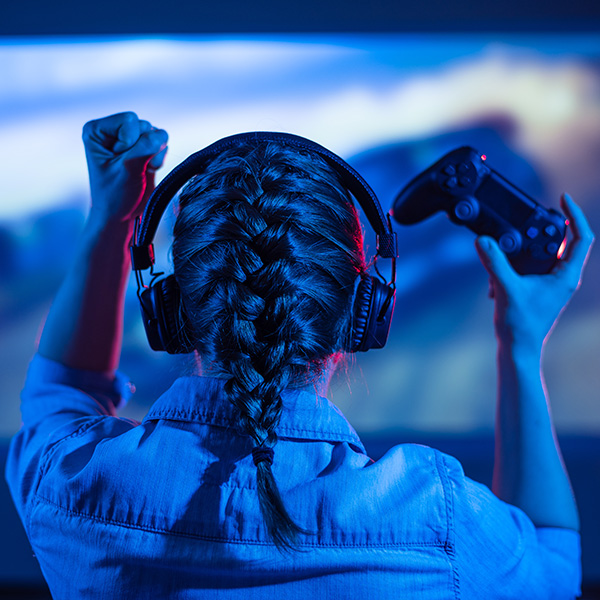
The “older generations” among us still remember the old classic computer games full of nostalgia. In contrast, today’s video games are sophisticated virtual realities with fantastic graphics. Gamers who invest themselves in such worlds for hours on end know the effects of prolonged gameplay on the eyes. Our PRiSMA BluelightProtect filters offer the e-sports enthusiasts among our customers graduated and highly efficient protection. Depending on your preference, enjoy the high color recognition of our EASY90, the fine balance between protection and color with the LiTE95 filter intensity, or the maximum protection of the PRO99.
Road safety depends to a large extent on the processing of optical signals. The faster a hazard is identified, the faster the person behind the wheel can react. Within fractions of a second, objects are recognized and classified and movements are evaluated. Although the processing of these signals takes place in the brain, it is heavily dependent on good raw data from the eye. And this is where our driving glasses come into play. The DRiVE85 filter not only reduces glare from bluelight-heavy LED headlights, it also enhances contrasts, increasing visual comfort, and thus safety, in traffic.
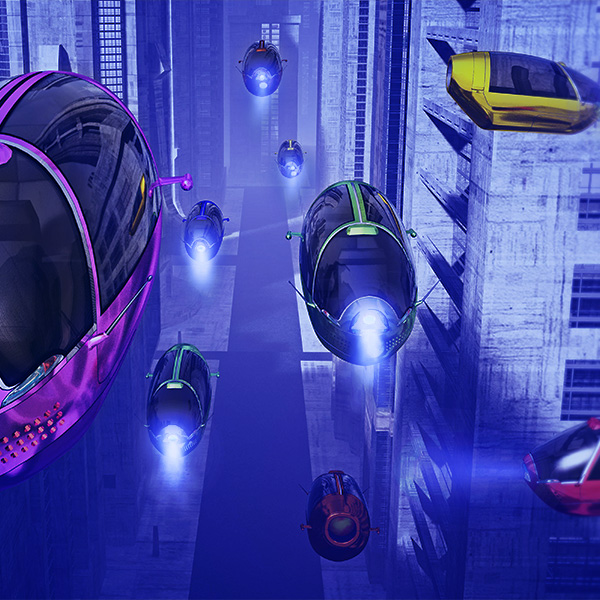

Blue light/HEVL is a complex topic that has been the subject of much research in recent years, and about which we are learning more and more. At INNOVATiVE EYEWEAR, we believe it is important to provide our customers with the appropriate knowledge in addition to the products. In our magazine, you can delve even deeper into the basic principles, learn more about the current state of research and read the assessment of experts.

Blue light has different physical and biological properties that have various effects on health. Some of these are easy to demonstrate directly, such as the
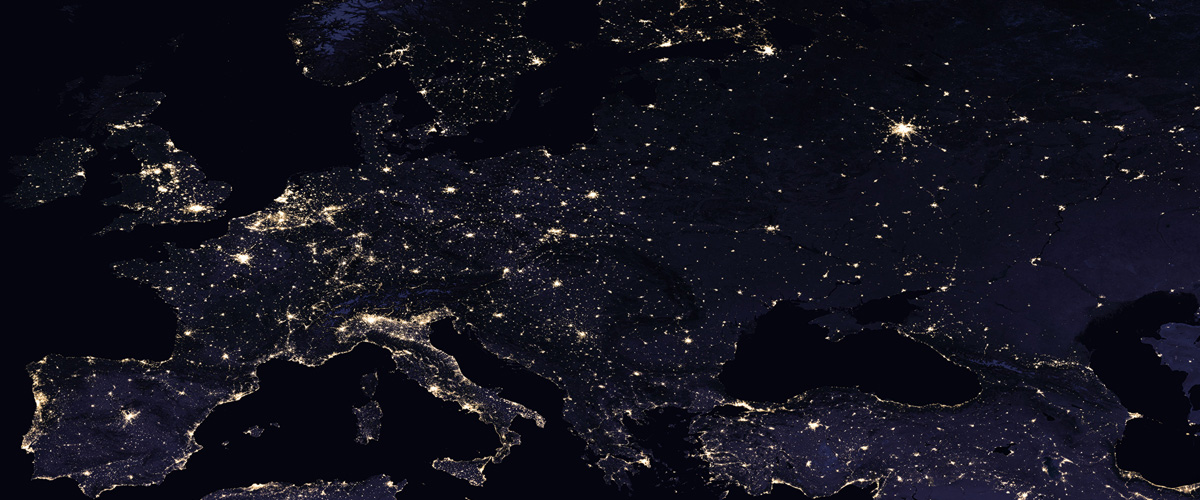
The satellite image above shows the lighting situation in Europe in 2016. Until recently, we often encountered street lighting in warm, yellowish shades of light.

Blue light protection is a topic that concerns all age groups, but children are particularly at risk. This was noted by the French environmental safety
